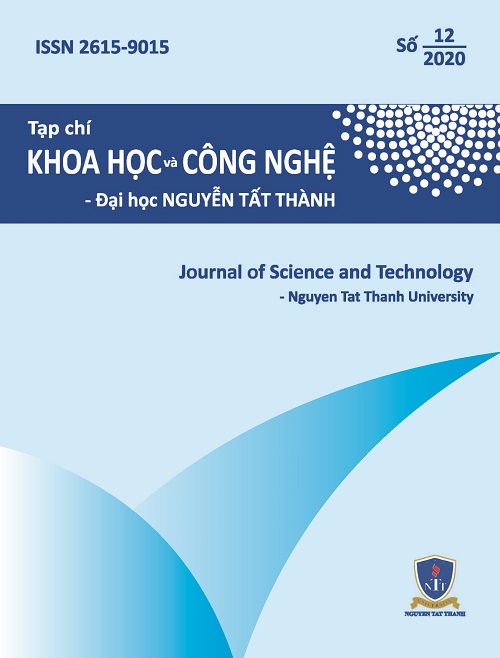Investigation and assessment of the quality of Japanese mint essential oil (Mentha arvensis) originated from various geographical regions in Vietnam
Abstract
In this study, the effects of distillation methods including hydro-distillation (HD) and microwave hydro-distillation (MHD) on essential oil extractions of Mentha arvensis L. in Lam Dong (LD), Ho Chi Minh City (HCMC), and Ba Ria-Vung Tau (BR) were investigated for the yield and chemical composition of the essential oil. The results showed that the use of MHD (0,075 %) was more effective on oil extraction yield than traditional HD (0.053 %). Optimal Distillation parameters were found distillation times of 20 and 110 minutes and material/water ratio of 1:2,5 and 1:6 g/mL for MHD and HD, respectively. The MHD method was subjected to comparing qualitative chemical compositions from Japanese essential oils in BR, LD, and HCMC, Vietnam. The GC-MS analysis results showed that menthol was a major constituent in the essential oil and was responsible for the distinctive smell and flavor of the Japanese mint. Moreover, the menthol content in oil from LD ound was up to 70.6 % higher than that in HCMC (69.45 %) and BR (67.85 %). In conclusion, the mint essential oil is distilled from ingredients in different regions of Vietnam, such as LD, HCMC, BR-VT, all give essential oil a characteristic scent and a relatively high menthol content of about 60 % - 70 %.

